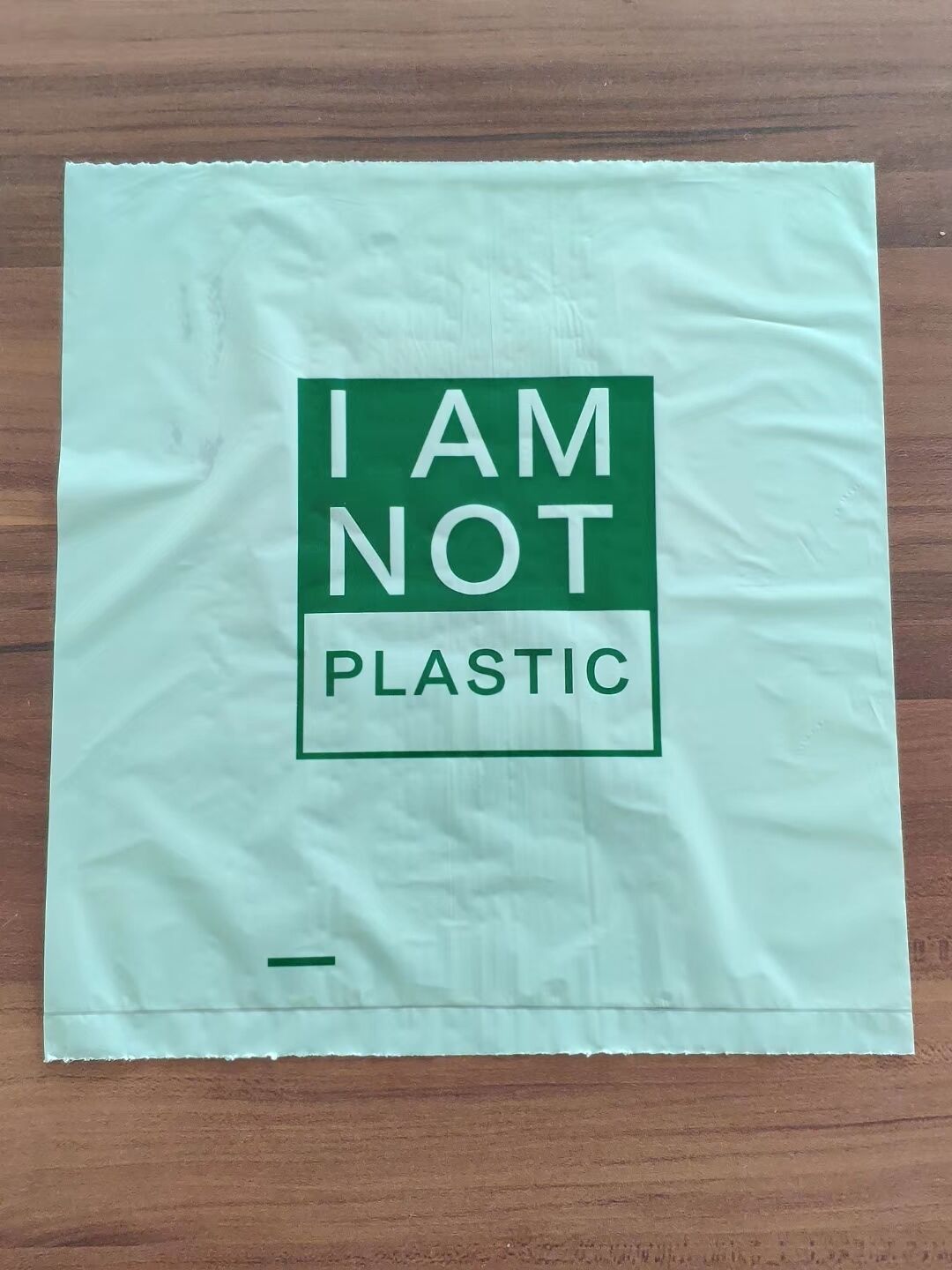silage bag price
Silage bag pricing represents a crucial consideration for modern agricultural operations seeking efficient and cost-effective storage solutions. These specialized bags, designed for preserving silage and maintaining feed quality, come in various dimensions and specifications to accommodate different farm sizes and requirements. The pricing structure typically reflects factors such as bag thickness, UV protection levels, and overall capacity. Modern silage bags incorporate advanced multilayer film technology, ensuring optimal fermentation conditions while protecting against environmental factors. The price points vary according to size specifications, typically ranging from smaller 60-foot bags to larger 300-foot options, with diameters between 8 and 12 feet. The cost consideration extends beyond the initial purchase price, encompassing the overall value proposition including storage efficiency, reduced feed waste, and labor savings. Quality silage bags feature specialized oxygen barrier properties and enhanced puncture resistance, contributing to their durability and effectiveness in maintaining feed quality. Manufacturers often provide various payment options and bulk purchase discounts, making these storage solutions accessible to operations of different scales. The investment in proper silage bags often results in significant cost savings through improved feed preservation and reduced storage losses.


